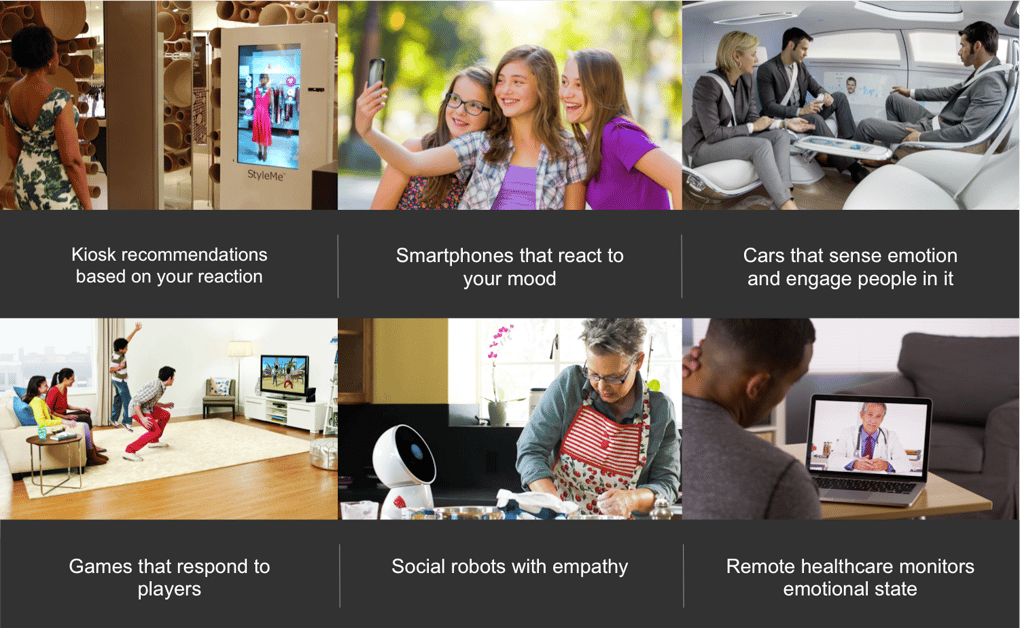So what's new? A few years ago, people were getting worried about a microphone inside the Samsung Smart TV that would eavesdrop your conversations. (HT @Parker Higgins)
But at least in those cases we think we know which corporation is responsible. In other cases, this may not be so clear-cut. For example, who decided to install a camera into the seat-back entertainment systems used by several airlines?
And there is a much more general problem here. It is usually cheaper to use general-purpose hardware than to design special purpose hardware. For this reason, most IoT devices have far more processing power and functionality than they strictly need. This extra functionality carries two dangers. Firstly,
So who is responsible for the failure of a component to act properly, who is responsible for the limitation of purpose, and how can this responsibility be transparently enforced?
Some US politicians have started talking about a technology version of "food labelling" - so that people can avoid products and services if they are sensitive to a particular "ingredient". With physical products, this information would presumably be added to the safety leaflet that you find in the box whenever you buy anything electrical. With online services, this information should be included in the Privacy Notice, which again nobody reads. (There are various estimates about the number of weeks it would take you to read all these notices.) So clearly it is unreasonable to expect the consumer to police this kind of thing.
Just as the supermarkets have a "free from" aisle where they sell all the overpriced gluten-free food, perhaps we can ask electronics retailers to have a "connectivity-free" section, where the products can be guaranteed safe from Ray Ozzie's latest initiative, which is to build devices that connect automatically by default, rather than wait for the user to switch the connectivity on. (Hasn't he heard of privacy and security by default?)
And of course high-tech functionality is no longer limited to products that are obviously electrical. The RFID tags in your clothes may not always be deactivated when you leave the store. And for other examples of SmartClothing, check out my posts on Wearable Tech.
Nick Bastone, Google says the built-in microphone it never told Nest users about was 'never supposed to be a secret' (Business Insider, 19 February 2019)
Nick Bastone, Democratic presidential candidates are tearing into Google for the hidden Nest microphone, and calling for tech gadget 'ingredients' labels (Business Insider, 21 February 2019)
Ina Fried, Exclusive: Ray Ozzie wants to wirelessly connect the world (Axios, 22 February 2019)
Melissa Locker, Someone found cameras in Singapore Airlines’ in-flight entertainment system (Fast Company, 20 February 2019)
Ben Schoon, Nest Secure can now be turned into another Google Assistant speaker for your home (9 to 5 Google, 4 February 2019)
Related posts: Have you got Big Data in your Underwear? (December 2014), Towards the Internet of Underthings (November 2015), Pax Technica - On Risk and Security (November 2017), Outdated Assumptions - Connectivity Hunger (June 2018), Shoshana Zuboff on Surveillance Capitalism (February 2019)
